What to Do in the 1-Year Countdown to Retirement
.jpg)
As you approach the final 12 months before your well-deserved retirement, it is natural to feel a mix of emotions. The realization that years of hard work are culminating might bring both excitement and a hint of uncertainty. This is a pivotal period where careful planning and practical decisions must take center stage. The months leading up to your retirement date are a time when you need to prepare for the life-changing transition ahead. While the prospect of leisure and free time awaits you, it is essential to acknowledge that these last months at work demand thoughtful consideration. Balancing your mixed feelings about retiring with concrete steps toward a smooth departure is essential. As you navigate this year-long retirement clock countdown, you will likely be faced with many financial adjustments, healthcare arrangements, deciding on post-retirement activities, and other similar considerations that can shape your retirement experience.
A financial advisor can help you create a pre-retirement checklist that focuses on multiple critical aspects of your retirement. This article will discuss some strategies and hacks on what to do one year before retirement to ensure a financially secure and rewarding life.
6 financial planning steps you can take one year before retirement
While you may have spent most of your life thinking about what to do in your retirement years, things can seem a bit complex when retirement comes knocking on your door. The transition from a structured routine to an open-ended schedule can be a bit perplexing. Suddenly, the question of how to fill your days, weeks, and months can feel more challenging than anticipated. Additionally, you also have financial challenges like taxes, a depleting retirement nest egg, critical decisions on how and when to withdraw your savings, inflation, longevity risk, and more. Addressing both the emotional and pragmatic aspects of retirement becomes essential in the year preceding your retirement.
Below is a pre-retirement checklist you can follow one year before your retirement to help ensure a smooth journey to retirement:
1. Conduct a portfolio check to ensure your financial security in the years to come
Your investment portfolio is one of the first things to pay attention to in your year-long retirement clock countdown. Keep in mind that your risk tolerance may evolve as retirement nears. It is natural for your appetite for risk to decrease. The stock market's unpredictability can be concerning and prompt you to explore more stable investment options. But your shrinking risk appetite emphasizes the importance of ensuring your investments align with your changing needs.
You can divide your retirement nest egg into three parts to best manage it. Each part can serve a specific purpose based on when you will need the funds. The first part can hold cash to cover your immediate living expenses. This can be separate from your Social Security benefits, pensions, etc. Your cash reserve can be used for the first one to two years of retirement and help you settle in. The second part can be used to cover your expenses in the next decade. This can include investments in short- and intermediate-term bond funds and other similarly low-risk instruments. This can help you safeguard your financial stability for the immediate future. The third part can consist of funds you will not require until a more distant horizon. Here, you can consider diversified stock funds that offer growth potential over a longer period.
Preserving your purchasing power over time is also vital, so countering inflation should be one of your priorities. Treasury Inflation-Protected Securities (TIPs) and investments like gold can act as hedges against inflation, helping safeguard your financial well-being in the face of rising prices.
In this crucial pre-retirement phase, careful planning and adjustments to your investment strategy can provide a more secure foundation for the years ahead. Thoughtfully distributing your funds across investments and setting clear timelines on when you use your money can help you address your evolving risk appetite, and incorporate inflation-fighting tools, to enjoy a fulfilling and financially stable retirement journey.
2. Utilize your retirement accounts to the fullest to enhance your retirement nest egg
As you approach retirement, making the most of your age by exploring strategic financial moves that can benefit your retirement plan is essential. One such option is to maximize your retirement preparation by utilizing catch-up contributions. If you are 50 or older, you are eligible to contribute additional funds to retirement accounts like Individual Retirement Accounts (IRAs) and 401(k)s. You can contribute up to $7,500 in 2023 to a 401(k) if you are over 50, and up to $1,000 to an IRA. These catch-up contributions allow you to accelerate your retirement savings and make up for any gaps in your earlier years.
You can also consider a conversion to Roth IRAs. This tactic involves converting a Traditional IRA or a 401(k) account to a Roth IRA. Traditional IRAs and 401(k)s offer tax-deferred growth, meaning you pay taxes upon withdrawal in retirement. Roth IRAs, however, are funded with after-tax dollars and offer tax-free withdrawals in retirement. Converting to Roth IRAs can provide tax diversification, allowing you to strategically withdraw funds from different account types based on your tax situation. Tax-free withdrawals can be especially advantageous during retirement, as they provide you with a source of income that will not be subject to future tax liabilities. Traditional IRAs and 401(k)s require you to start withdrawing Required Minimum Distributions (RMDs) once you reach age 73. Roth IRAs, on the other hand, have no RMDs during the original account holder's lifetime. This allows your funds to potentially continue growing tax-free, providing more flexibility in managing your retirement income.
It is crucial to select a suitable year for conversion. When you convert to a Roth IRA, the amount converted is taxed in the year of conversion. This can result in a larger tax bill for that year. It is important to assess whether you have the funds available to cover the tax liability without compromising your retirement savings. Converting during a market downturn or a year where your other taxable income is low could potentially result in lower tax liability, as the value of the assets being converted and your taxable income is lower.
3. Test your retirement plan to prepare for the upcoming changes
One year before retirement, in particular, marks a critical point in your retirement clock countdown. During this time, stress-testing your financial plan becomes a vital task. A well-conceived financial plan is not a one-time endeavor but a dynamic strategy that requires regular evaluation. Regular fluctuations in the stock and bond markets serve as a reminder that market conditions can change unexpectedly. Even if you craft your retirement plan during more stable times, reviewing and adjusting it to reflect the prevalent economic landscape before retirement is essential.
As part of your pre-retirement checklist, consider using online retirement forecast tools to simulate various scenarios. You can add updated values and potential changes, such as inflation or market downturns, to see how your plan holds up in diverse conditions. If your plan remains successful in different scenarios, it can offer peace of mind that you are on the right track. Stress-testing your financial plan enables you to make informed decisions, adapt to changing circumstances, and confidently embrace your retirement years. Remember, this is your time to enjoy the fruits of your labor, and a well-tested plan can help ensure that you do so without unnecessary financial worries.
Stress-testing your financial plan also involves assessing the resilience of your investments and the allocation of your portfolio. Your investment mix should align with your risk tolerance, balancing safe options like cash and bond funds with the growth potential of stock funds. This balance ensures that your retirement savings can withstand market volatility while providing growth opportunities.
SPONSORED WISERADVISOR
4. Plan your Social Security benefits withdrawals to maximize your benefits
Opting for early retirement at the age of 62 years grants you reduced benefits while waiting until age 67 ensures you receive your full benefits. Alternatively, delaying claiming your benefits until the age of 70 years can yield maximum benefits. It is vital to note that if you decide to retire but postpone claiming benefits, you will need an alternate income plan during that interim period.
The equation becomes even more intricate for those with a working spouse who also contributed to the Social Security system. You will have two benefit amounts to consider. Here, strategic planning can come into play. Married couples have the opportunity to optimize their benefits through a tactic that involves claiming one benefit early and deferring the other until age 70. This approach allows you to make the most of your benefits by maximizing the potential payout.
Remember, once you reach age 62, your benefit amount undergoes an annual increase through a Cost of Living Adjustment (COLA), regardless of whether you claim benefits later on. This adjustment is designed to account for rising living costs, enhancing your benefit's overall value.
Remember to weigh the pros and cons of each benefit-claiming option, taking into account your financial needs and objectives. You can also consult a financial advisor to get advice on the same.
5. Save as much as you can, as you still have time to make up for shortages
Evaluating your savings and potentially boosting them is essential in the year leading to your retirement. As you stand on the brink of retirement with just a year left, you have likely gained a realistic view of your savings and financial standing. You are better equipped to identify any potential shortcomings in your savings. You can accurately gauge whether your accumulated funds align with your envisioned retirement lifestyle and the financial responsibilities that lie ahead. If there are gaps between your savings and your anticipated needs, this is the time to address them strategically.
Start by assessing your circumstances, including dependents, outstanding debts, and ongoing financial responsibilities. This evaluation will provide insight into the level of financial support you will require during retirement. Additionally, factor in elements such as state taxes, local standard of living, and current inflation rates. These variables can influence your post-retirement expenses and purchasing power.
Revisit your retirement goals, evaluate your current expenses, and project your future costs. If you find that your existing savings might fall short of your anticipated needs, consider increasing your savings rate. This could involve contributing more to your retirement accounts, exploring investment opportunities, or adjusting your budget to allocate more funds toward savings.
Remember to use this year as a window of opportunity to take corrective measures. By being proactive now, you can potentially bridge any financial gaps and ensure a more comfortable retirement.
6. Review all your insurance needs comprehensively to ensure you are financially secure in unexpected circumstances
Reviewing your insurance needs is a significant step in your pre-retirement checklist. A substantial change in retirement is that your employer-provided insurance coverage will no longer be available. Conduct a thorough evaluation of your insurance requirements and consider buying health insurance. Medicare will likely be a primary source of coverage. However, it is essential to explore its various parts and options to ensure you are adequately protected against a variety of healthcare expenses.
Long-term care insurance is another consideration that becomes more pertinent as you age. This type of coverage helps you manage the costs associated with extended care should you require assistance due to illness or disability. Long-term care insurance covers expenses related to nursing care and assisted living. Given the potential impact of long-term care expenses on your retirement savings, evaluating the need for this insurance is crucial.
Additionally, consider life insurance as part of your review. While the need for life insurance might decrease as you enter retirement, it is still worth assessing your situation. Life insurance can provide a safety net for your loved ones if you have dependents, outstanding debts, or financial responsibilities that will extend beyond your retirement years. This can be particularly important if you have dependent children in retirement.
To conclude
You still have an opportunity to address any financial gaps that might exist in the year before your retirement. This can be your window to fine-tune your financial strategy and ensure a secure future. This pre-retirement checklist can serve as your roadmap to success. It can help you optimize your portfolio and Social Security benefits, address your insurance needs, and embrace strategic financial moves that can translate to a financially adequate retirement pool. It is also essential to have a realistic view of savings and future expenses to position yourself well to navigate potential shortcomings and proactively bridge any gaps. Remember, the journey to retirement is not just about reaching the destination but about the preparation you undertake along the way.
Simplify your journey by hiring a financial advisor through our free advisor match service. Use the tool to connect with a skilled financial advisor who specializes in retirement planning and can help you understand what to do one year before retirement. Answer a few simple questions about your financial needs and our matching tool can help connect you with 1-3 advisors most suited to meet your financial requirements.








.jpg)












.jpg)
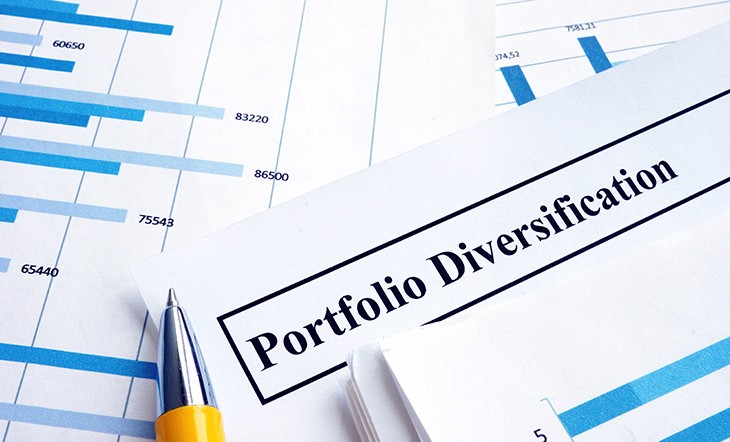
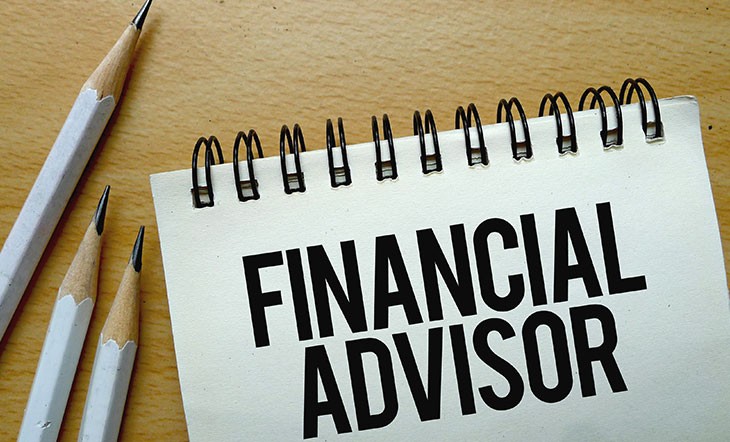




.jpg)


.jpg)


.jpg)

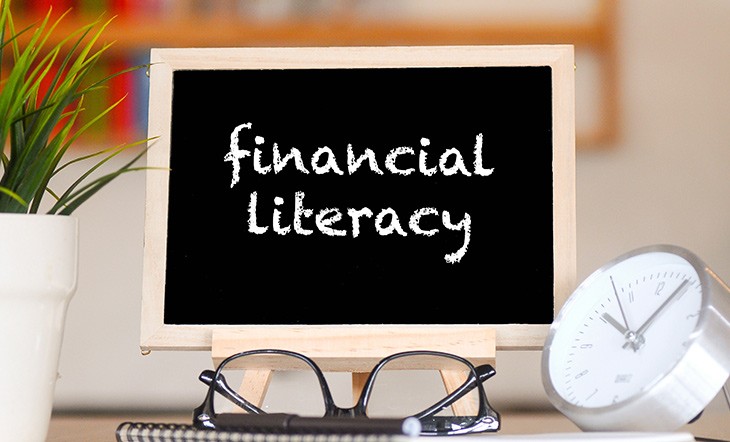












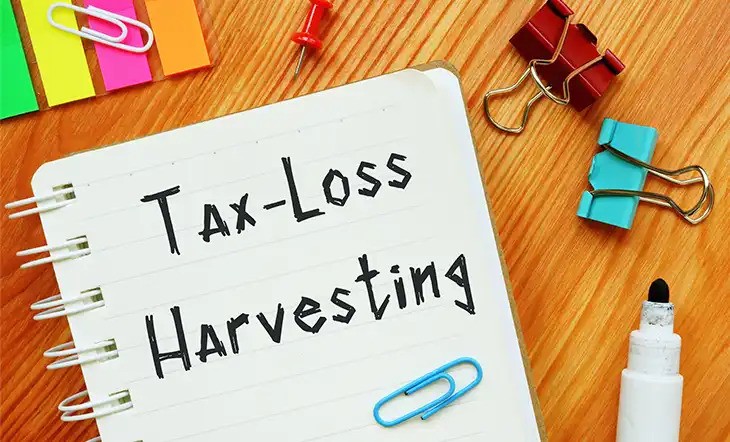
.jpg)




.jpg)





.jpg)

.jpg)







.jpg)

.jpg)






.jpg)




.jpg)

.jpg)

.jpg)


.jpg)





.png)
.jpg)



.jpg)

.jpg)


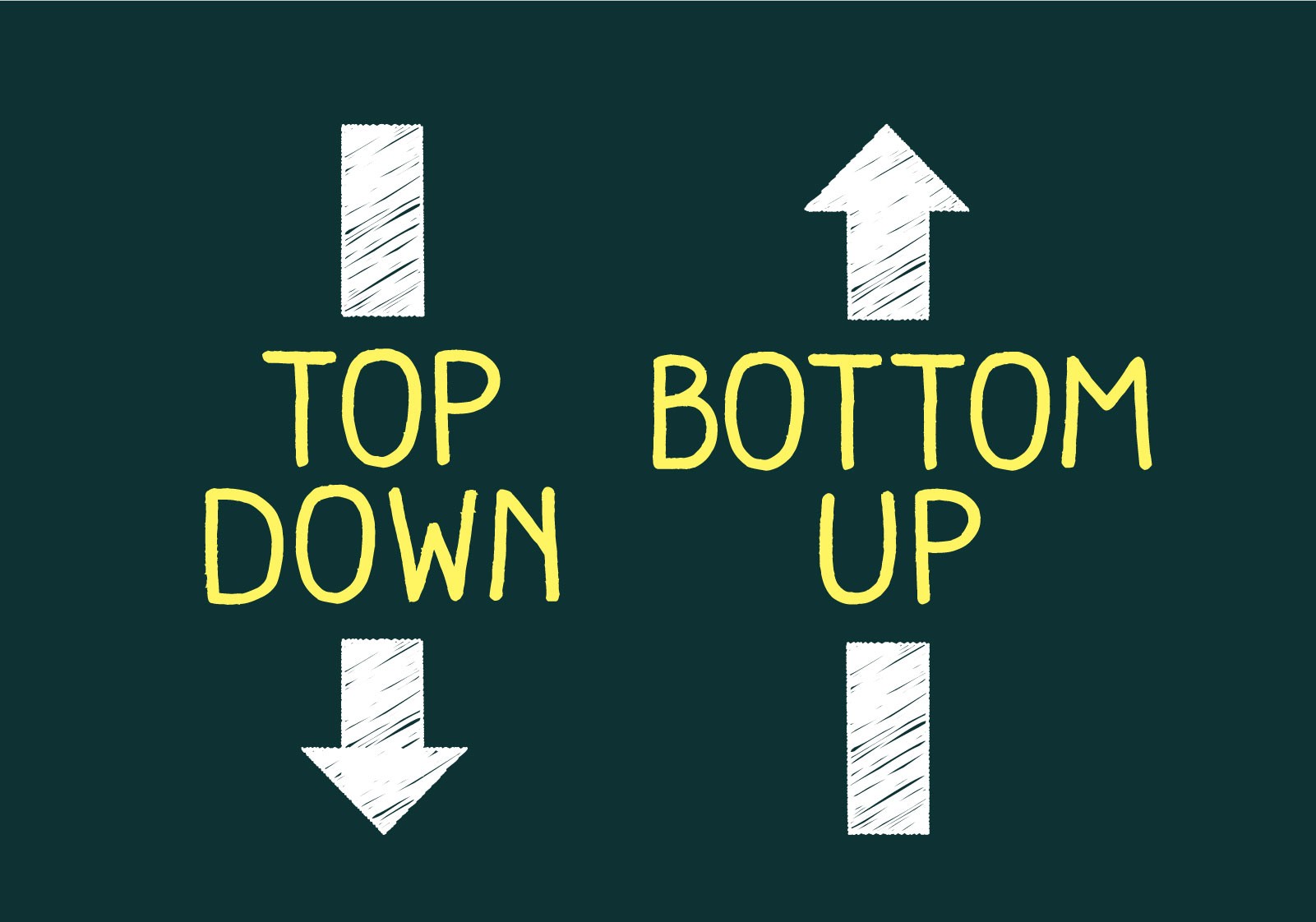
.jpg)



.jpg)

.jpg)

.jpg)
.jpg)
.jpg)
.jpg)

.jpg)




.jpg)



.jpg)
.jpg)


.jpg)
.jpg)
.jpg)
.jpg)
.jpg)

.jpg)




.jpg)
.jpg)


.jpg)
.jpg)
.jpg)
.jpg)

.jpg)

.jpg)








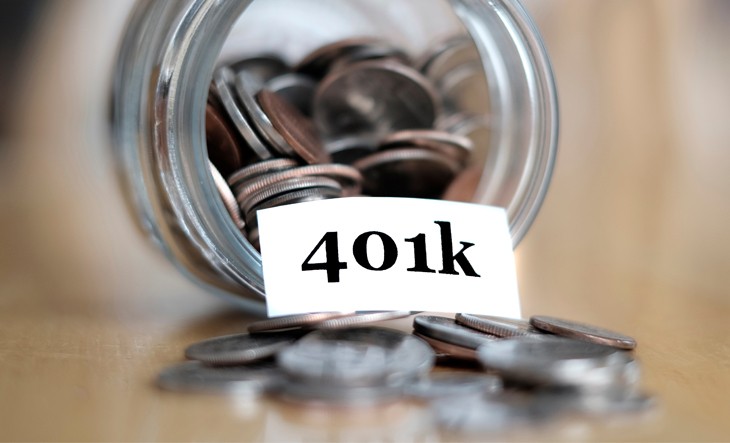





.jpg)
.jpg)



.jpg)



.jpg)












.jpg)



